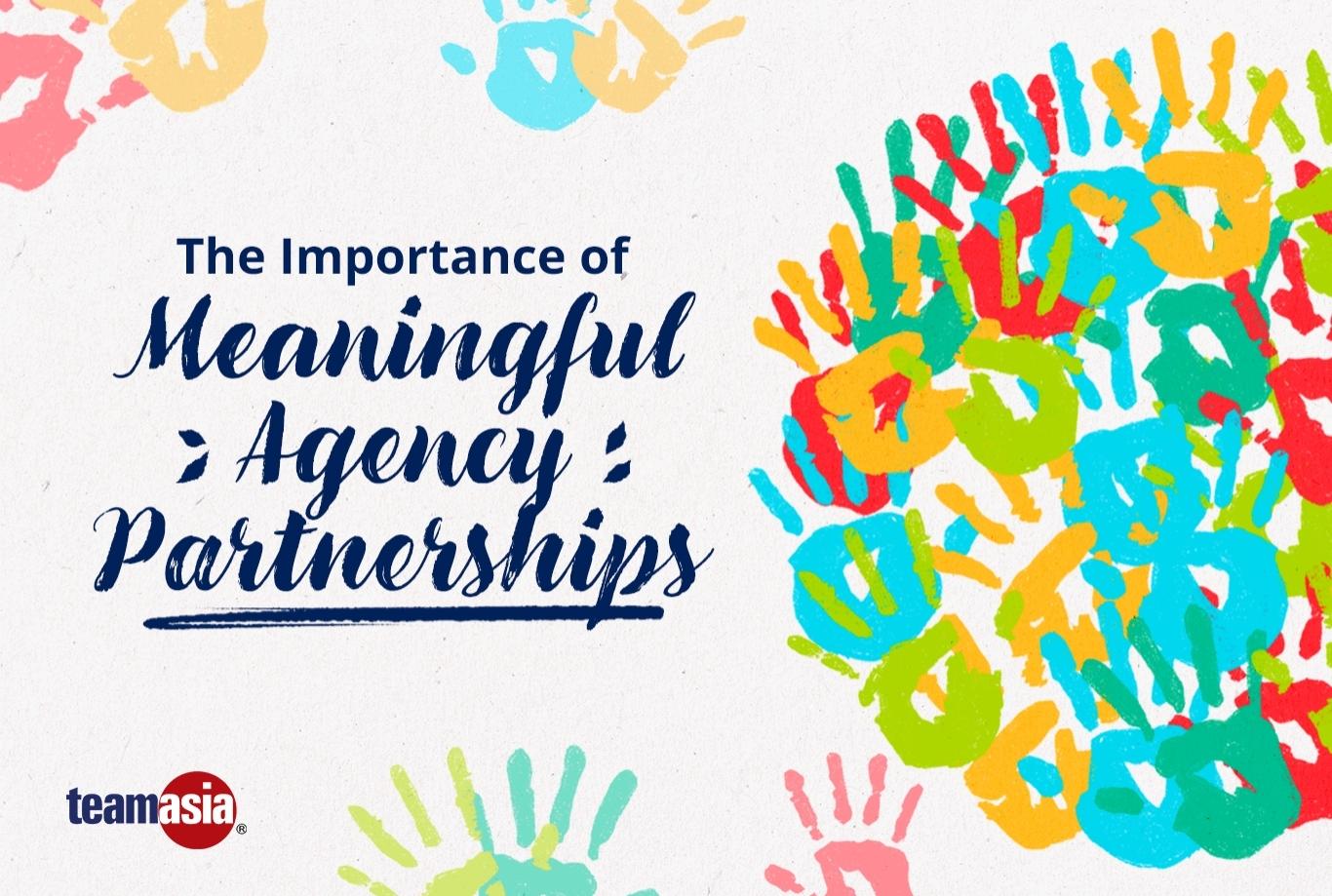Why is a Communication Plan Important? Its Definition and Benefits

Are you looking to strengthen your business’ messaging?
Well, we all want our messages to be interpreted the way we want them, right?
In today’s fast-paced and interconnected world, effective communication is far more important than ever. Whether you’re running a business, overseeing a project, or nurturing relationships, the presence of a well-crafted communication plan is nothing short of indispensable.
Many business owners often wonder why they need a communication plan, and we realize that newly established businesses may not fully appreciate the significance of having one.
But a well-crafted communication plan serves as the north star that ensures messages are clear, consistent, and reach the right audience at the right time.
And now is also the right time, so sit tight! We will discuss with you why a communication plan is important.
What is a Communication Plan?
Before we delve into the “why,” let’s first understand the “what” of a communication plan. In its simplest form, a communication plan is a structured strategy that outlines how information will be disseminated within an organization or a project. It serves as a roadmap for effective, efficient, and purposeful communication.
A communication plan is like a navigational chart for your business to effectively communicate with your stakeholders. For business communication efforts, a communication plan serves as a strategic blueprint that lays out the who, what, when, where, why, and how you are communicating as an organization.
It defines your goals as a business, identifies your target audience, optimizes your messages, and selects the most suitable channels for your messages. Its value lies in its purpose to prioritize clarity, consistency, and effectiveness in a world where the noise of information can be loud.
Whether you’re a business promoting a product, a nonprofit seeking to raise awareness, or an individual looking to convey a message, a well-crafted communication plan is your best asset.
A communication management plan is also essential in project management because it ensures that everyone involved in the project knows what needs to be communicated. Additionally, it helps maintain consistency in messaging across various channels, preventing confusion or mixed signals.
A strong communication plan typically includes the following components:
- Clear Objectives: Identifying what you want to achieve through communication is the first step. Are you aiming to inform, persuade, motivate, or simply keep everyone in the loop?
- Target Audience: Defining your audience is crucial. Tailoring your message to suit the needs and preferences of your audience enhances the effectiveness of your communication.
- Key Messages: What are the main points you wish to convey? They should be brief and relevant to your goals.
- Channels: Determine the platforms and methods you’ll use to convey your messages. These could include email, meetings, social media, or newsletters.
- Timeline: Establish a schedule for when and how often you’ll communicate. This ensures regular and consistent updates.
- Responsibilities: Clearly define who is responsible for each aspect of the communication plan, so everyone knows their role.
Now that we’ve got the “what” out of the way, let’s explore the “why.”
Why communication plan is important?
In a time where people are continuously exposed to media, communicating with clarity and consistency is far more important than ever.
It ensures that every message from the brand is clear and in harmony with its mission, reducing the potential for confusion that can derail its public perception.
A communication plan identifies the organization or brand and how it wants to communicate with people inside or outside the organization.
Your brand’s image is more than just a logo or a catchy slogan. It’s the perception that your audience has of your company. A communication plan helps you shape and manage this image. It guides you in defining your brand’s values, personality, and the emotions you want to evoke in your audience. When your message is aligned with your brand image, you’ll resonate with your target market, and that’s where brand loyalty and advocacy are born.
In times of change or crisis, its importance becomes even more pronounced because it provides a structured framework for communication the reasons behind changes, the timeline for implementation, and the expected impact on employees and the organization as a whole.
And of course, there’s not going to be always a crisis, but a communication plan is much more than just a contingency plan, it’s the heart of the brand’s messaging. Our heart pumps out blood all over our bodies for it to work. A communication plan is no different, it is the beating heart that is at the center of the brand.
How to Create a Communication Plan? The 7 Steps
So, how can you create a communication plan that works for your organization?
- Assessment: Start by assessing your current communication methods and identifying areas that need improvement.
- Set Clear Objectives: Define what you want to achieve with your communication plan. Is it better employee engagement, more effective customer communication, or improved crisis management?
- Identify Key Stakeholders: Determine who the key players are in your organization, both internally and externally. These are the people who will be impacted by your communication plan.
- Choose the Right Channels: Select the communication channels that are most effective for reaching your target audience. This may include emails, intranet, social media, or even face-to-face meetings.
- Create a Schedule: Establish a communication calendar that outlines when and how often you will communicate. Consistency is key.
- Assign Responsibilities: Clearly define who is responsible for each aspect of the communication plan. This ensures that everyone knows their role in the process.
- Monitor and Adapt: Regularly review and adapt your communication plan as needed. The business landscape is always evolving, and your plan should too.
In conclusion, a well-structured communication plan is not a luxury but a necessity for any organization. It enhances clarity, aligns with your business goals, and improves employee engagement. It’s a crucial tool for decision-making and crisis management. Furthermore, it’s the cornerstone of building trust with your customers.
Looking To Boost Your Business With a Good Communication Plan?
A well-crafted communication plan that knows its audience and how it’s going to be tapped, presents said audience with the organization’s unique selling proposition and communicates it with clarity.
If you’re looking to do the same with your business to reach its full potential, our experts can help you craft the communication plan that fits your business well.
Let TeamAsia help you bring your business to the next level. Contact us today!





